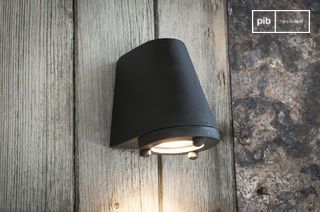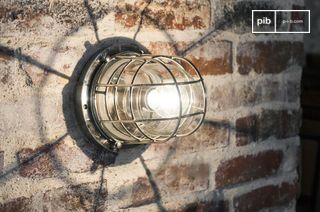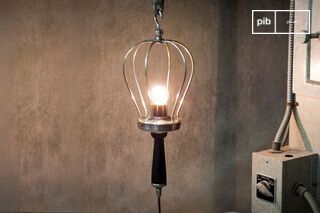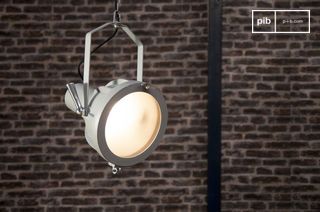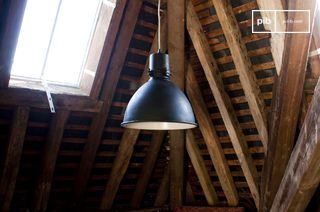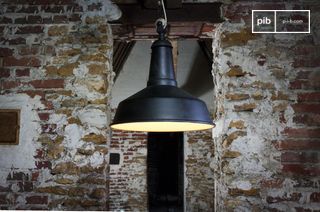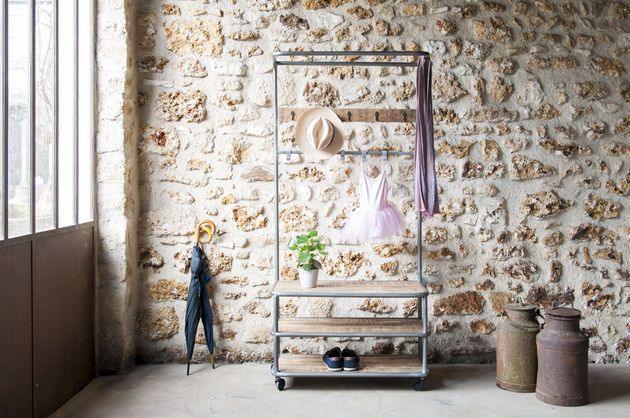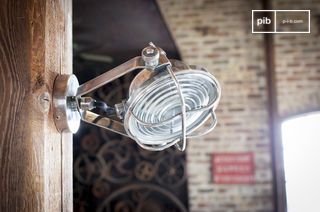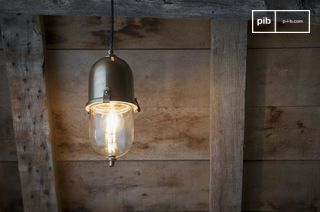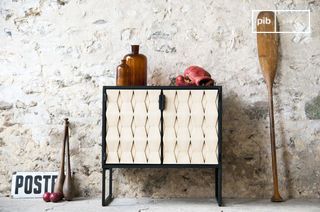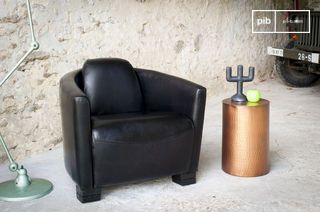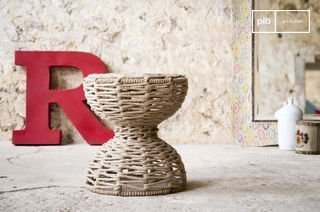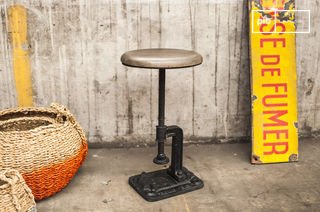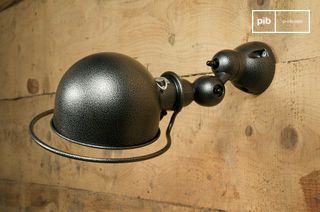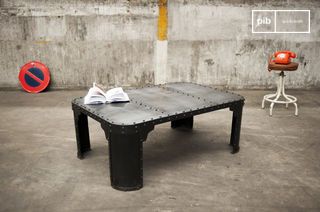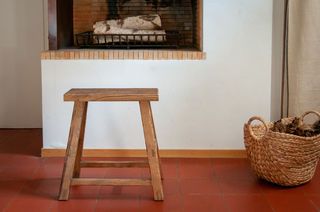Brutalism
Brutalism emphasizes straightforward volumes, visible structures and materials left exposed. This category includes furniture pieces where geometric design, visual weight and raw texture structure space. Concrete, metal and solid wood are used without cladding, with a clearly asserted role. Brutalism introduces a straightforward layout logic, without superfluity or concealment. It engages a physical relationship with the often monolithic object, redefining the balance of rooms within an interior.
read more >Filters
10 festive days
10% off our tables and consoles
Welcome your guests in style · Limited stock
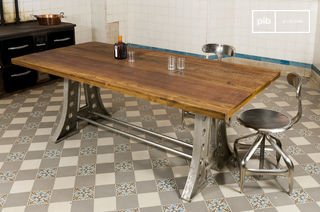
Solid Wood Dining TableNormandie
£1700 £1530-10%
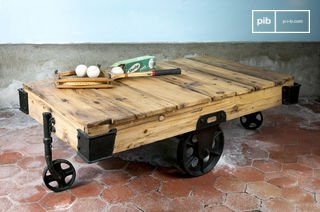
Wooden Coffee TableWood Wagon
£885 £800-10%

Wooden Coffee TableRailway
£645 £580-10%
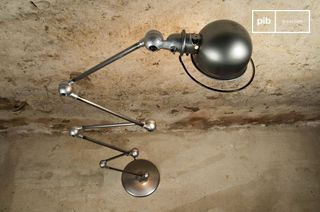
Jieldé lampLoft
£1195

Brutalism: a frank expression of forms and materials
Brutalism is based on constructive elements left visible. This approach eschews ornamentation and emphasizes function through clean, often geometric volumes. In furniture, this translates into simple, sometimes massive forms, where use structures the object itself. Lines are straight, assemblies legible, functional elements unconcealed. This exposure of structures creates a direct reading of the object: the seat shows its support, the table its base, the material its texture. Brutalism introduces an aesthetic based on formal clarity and the absence of added decoration.
Materials and use in Brutalist furniture
Brutalism favors raw, often minimally processed materials. Concrete, steel, stone, solid wood or structured plywood define the visual and tactile identity of the pieces. These materials engage a direct relationship with the hand and the eye. Molded concrete retains its irregularities, steel can have exposed welds, and wood need not be sanded or stained. These choices reinforce the idea of furniture rooted in its function and manufacturing process. This type of furniture is often stable, dense and intended to last, but it also requires clear positioning in space because of its marked visual impact.
Agency and spatial perception
In an interior, pieces derived from Brutalism often serve as visual focal points. Their volume and material make them visible as soon as you enter a room. Rarely do they blend into the background: they structure space and impose a logic of circulation. Furniture can define an axis, constrain the layout around two, or segment a volume. To avoid imbalances, it's common practice to reduce the number of secondary objects around a piece of Brutalist furniture, to let the space breathe. Lighting also plays a role in reading these objects, accentuating edges, cast shadows and surface textures.
Adopting a brutalist logic in furniture doesn't imply total uniformity, but does presuppose a clear hierarchy between dominant pieces and supporting elements. This rigorous reading of space can reinforce the coherence of a sober, legible layout.
Furniture with a brutalist logic does not imply total uniformity, but rather a clear hierarchy between dominant pieces and supporting elements
